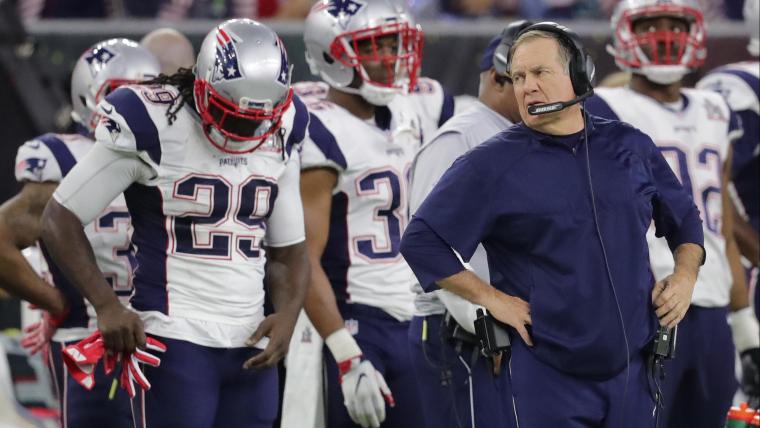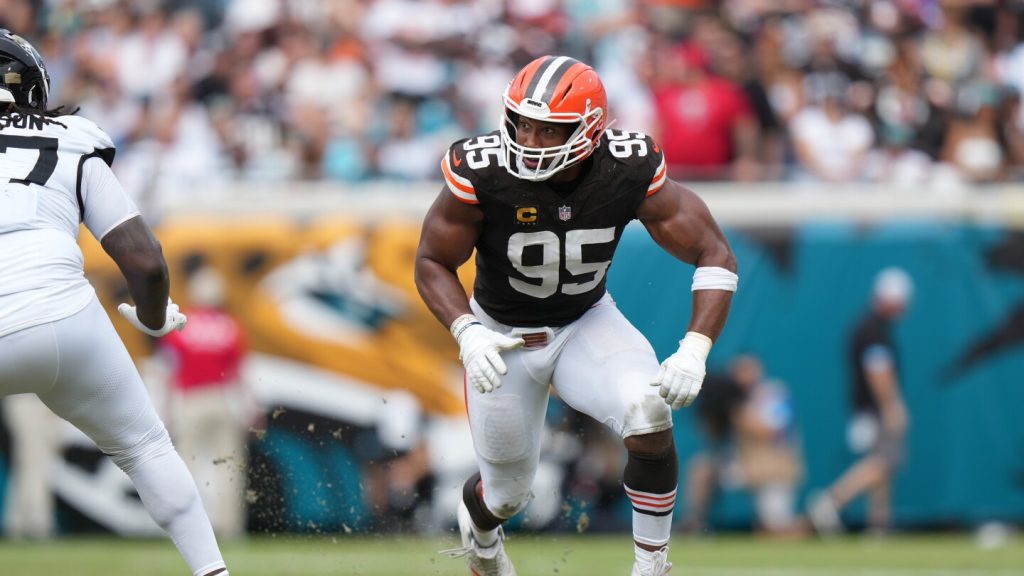If you’re an NFL fan or a sports bettor, understanding the average points in an NFL game can provide valuable insights for enjoying the game and making informed betting decisions. Scoring trends have evolved over the years, influenced by changes in gameplay, rules, and player performance. In this article, we will delve into the average points scored in NFL games, exploring historical data, current trends, and factors that affect game points.
Historical Scoring Trends
Evolution of Scoring
Over the decades, NFL scoring has seen significant changes. In the early years of the league, games were typically low-scoring affairs. However, with the introduction of new rules and the evolution of offensive strategies, the average points per game have steadily increased.
Key Milestones
Some key milestones in NFL history have significantly impacted scoring. The introduction of the forward pass, changes in defensive rules, and improvements in player training and nutrition have all contributed to higher-scoring games.
Current Average Points Per Game
Recent Seasons
In recent years, the average points scored in an NFL game have hovered around 45-50 points. This figure is derived from the total points scored by both teams in a game. For example, if the final score of a game is 28-24, the total points scored would be 52.
Offensive Dominance
The trend towards higher scoring is largely due to the increasing dominance of offensive play. Teams are focusing more on dynamic passing attacks, high-tempo offenses, and exploiting defensive weaknesses, leading to more points on the board.
Factors Influencing Scoring
Rule Changes
Rule changes in the NFL have had a significant impact on scoring. For instance, changes aimed at protecting quarterbacks and receivers have made it easier for offenses to move the ball down the field and score points.
Offensive Strategies
Teams are continuously innovating their offensive strategies. The use of spread offenses, no-huddle attacks, and creative play-calling have made it more challenging for defenses to stop scoring drives.
Player Performance
The performance of key players, particularly quarterbacks and wide receivers, plays a crucial role in scoring. Elite players can consistently put up high numbers, influencing the overall average points in games.
Weather Conditions
Weather conditions can also impact scoring. Games played in adverse weather, such as heavy rain or snow, tend to be lower-scoring due to difficulties in executing offensive plays. Conversely, games played in ideal conditions often see higher scores.
Average Points by Quarter
First Quarter
The first quarter generally sees fewer points as teams feel each other out and establish their game plans. The average points scored in the first quarter are typically around 10-12.
Second Quarter
Scoring tends to increase in the second quarter as teams settle into their rhythms. The average points scored in this quarter can range from 14-17.
Third Quarter
Post-halftime adjustments often lead to varied scoring patterns in the third quarter. Teams use their insights from the first half to exploit weaknesses, resulting in average points around 10-13.
Fourth Quarter
The fourth quarter is usually the highest-scoring period, with teams pushing hard to secure a win or mount a comeback. The average points scored in this quarter can be between 15-20.
Notable High-Scoring Games
Record-Breaking Matches
There have been several record-breaking matches in NFL history where teams have combined for exceptionally high points. These games are often remembered for their thrilling performances and dramatic finishes.
Recent High-Scoring Games
In recent seasons, games like the 2018 Rams vs. Chiefs matchup, which ended with a score of 54-51, exemplify the trend towards higher-scoring affairs. Such games capture the excitement of modern NFL gameplay.
Implications for Bettors
Over/Under Bets
Understanding the average points per game is crucial for making over/under bets. Bettors can use this information to gauge whether a game is likely to exceed or fall short of the predicted total points.
Point Spreads
Knowledge of scoring trends also helps in betting on point spreads. Teams with high-scoring offenses or weak defenses can affect the spread, providing opportunities for strategic bets.
Player Props
Bettors who focus on player props can benefit from understanding average points. Predicting individual player performance, such as touchdowns scored or passing yards, becomes easier with a grasp of scoring trends.
The average points in an NFL game have evolved significantly over the years, reflecting changes in rules, strategies, and player performance. With current games averaging around 45-50 points, understanding these trends can enhance your appreciation of the game and inform your betting decisions.
By keeping an eye on historical data and factors influencing scoring, you can make more informed and strategic bets, enjoying both the thrill of the game and the potential for profit.
FAQs
What is the current average points scored in an NFL game?
The current average points scored in an NFL game is around 45-50 points, combining the total points scored by both teams.
How have rule changes impacted NFL scoring?
Rule changes aimed at protecting offensive players and encouraging dynamic play have significantly increased scoring in the NFL.
Why are fourth quarters usually higher scoring?
Fourth quarters tend to be higher scoring because teams are often more aggressive, taking risks to secure a win or come back from a deficit.
How do weather conditions affect NFL scoring?
Adverse weather conditions like rain or snow can lower scoring as they make it harder to execute offensive plays, while ideal conditions can lead to higher scores.
What was one of the highest-scoring NFL games in recent history?
One of the highest-scoring games in recent history was the 2018 matchup between the Rams and Chiefs, which ended with a combined score of 105 points (54-51).
How can understanding average points help in betting?
Understanding average points can help bettors make informed decisions on over/under bets, point spreads, and player props by providing insights into expected scoring trends.


































